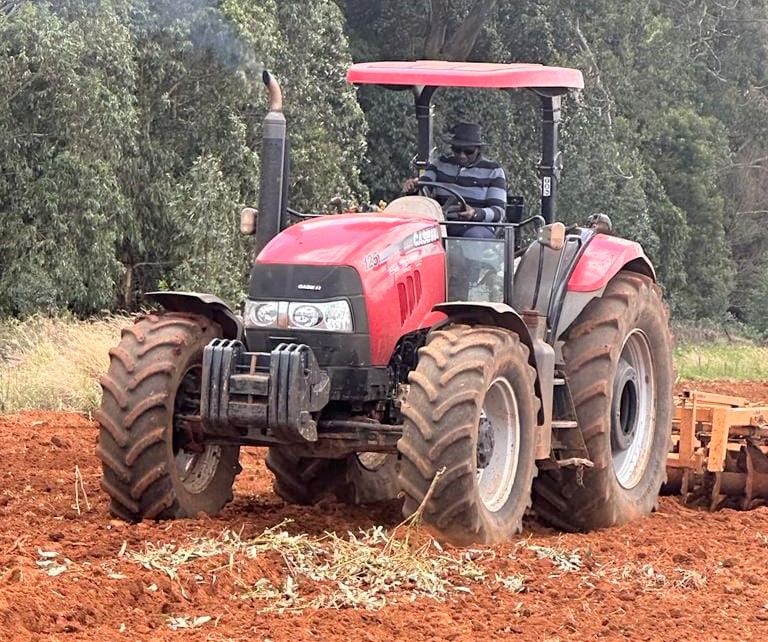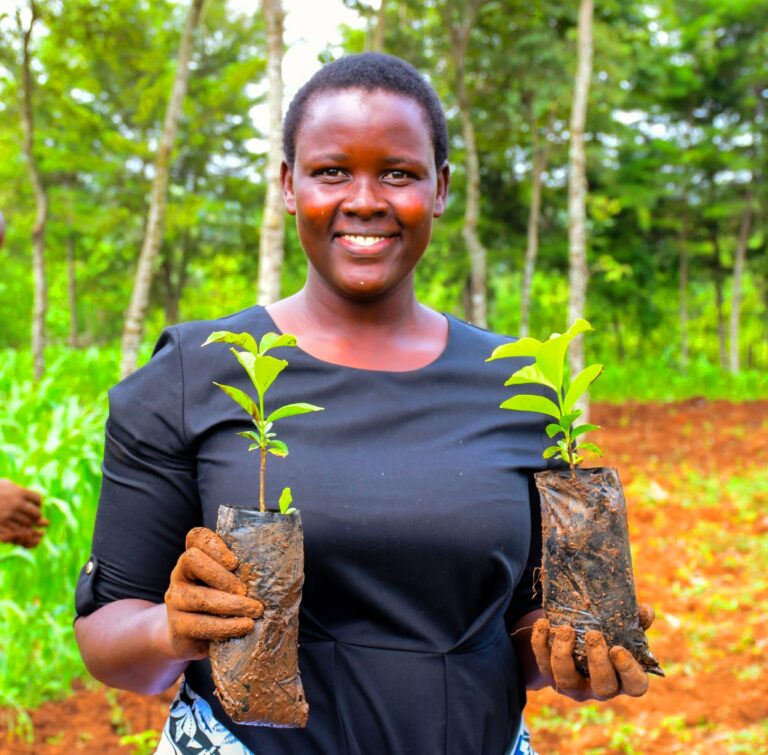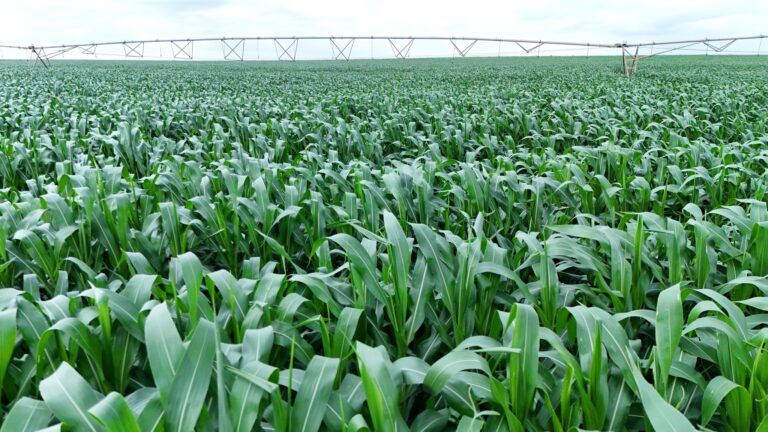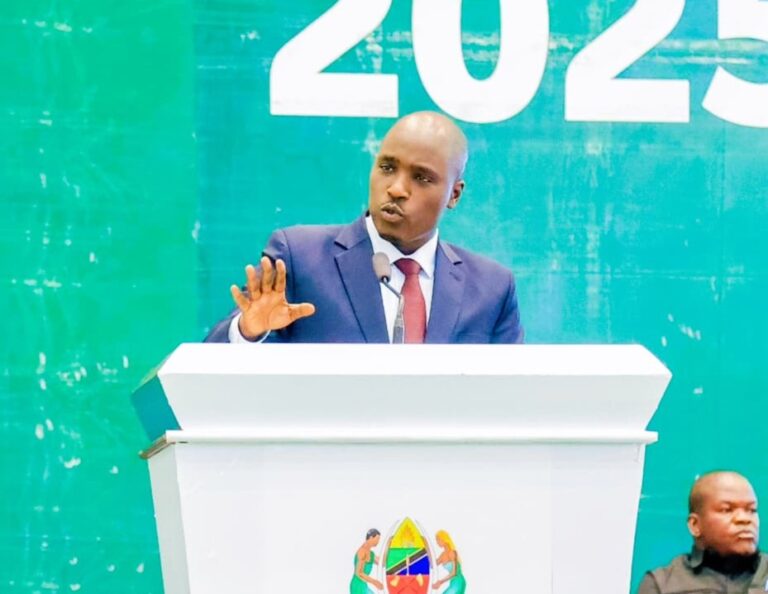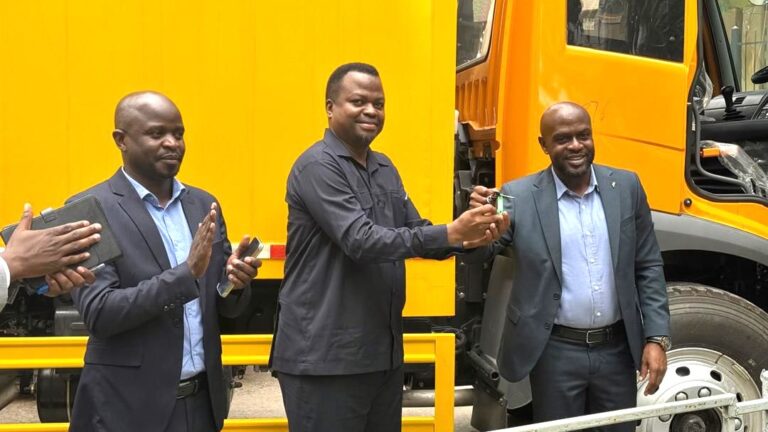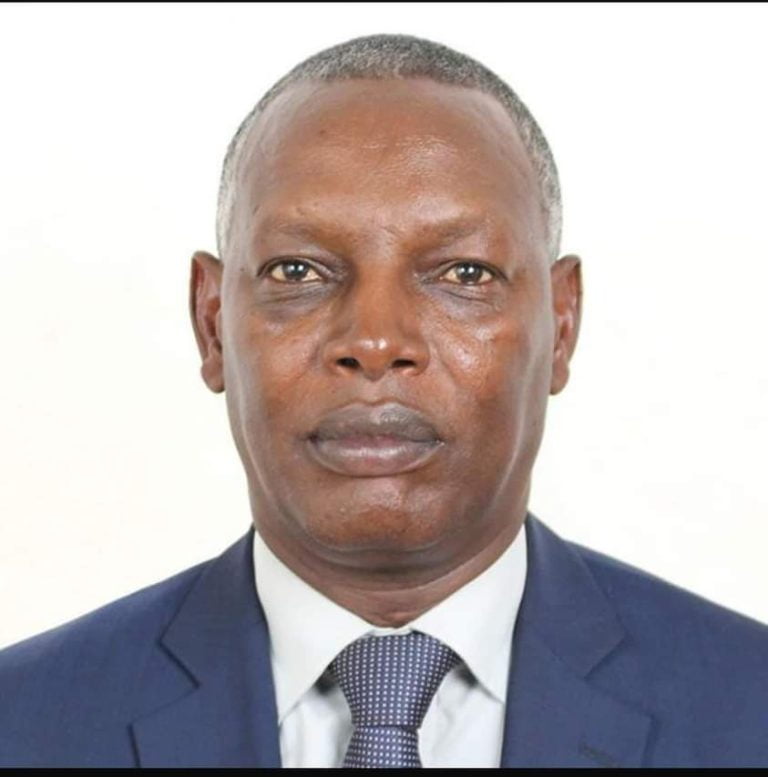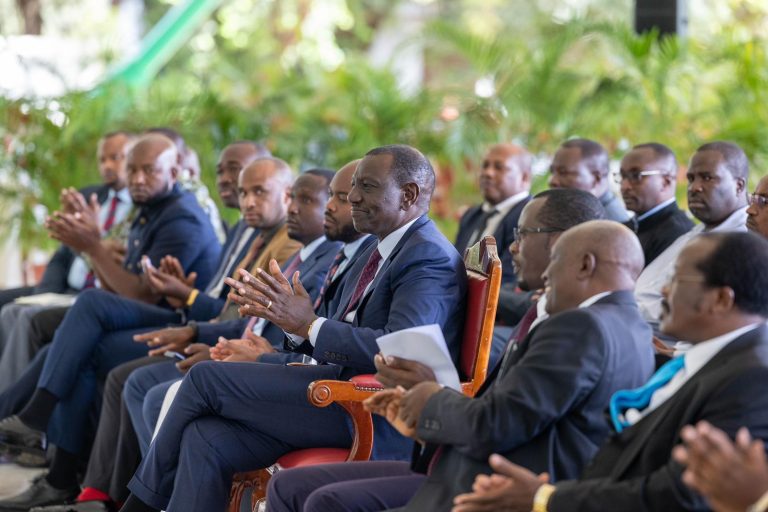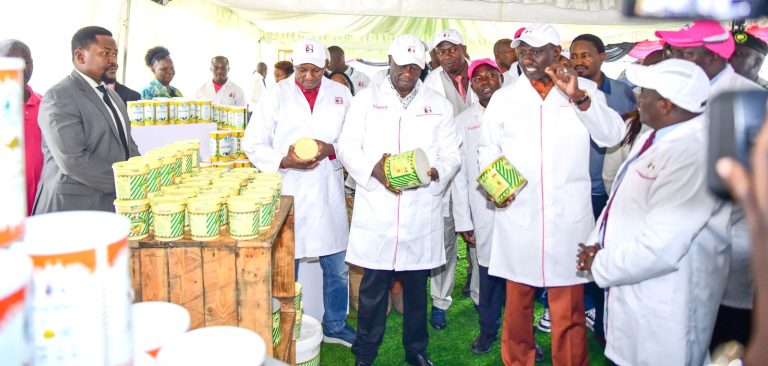1. For years now, life has been very difficult for millions of Kenyans due to unemployment, low incomes and the rising cost of essential commodities. The Covid-19 pandemic worsened this situation in two directions. The measures taken to contain the spread of infection basically shut down the economy, closing up opportunities to work and earn a living and disrupted global supply chains, causing shortages that drove the prices of basic goods beyond the reach of many households.
2. In addition, Kenya and the entire Horn of Africa region underwent five successive seasons of failed rains, leading to devastating famine, death of livestock and withering of crop, further worsening food shortages.
3. The resultant economic hardship followed years of declining agricultural production. This meant that the earnings of people employed in agriculture, who make up over 70 per cent of the country’s workforce, were diminishing, as the cost of living rose steeply. Scarcity of essential food items drove the cost of food as a share of household expenditure to 54 per cent on average.
4. For these reasons, the Bottom-Up Economic Transformation Agenda recognised that Kenya’s poor economic performance was primarily due to underperformance of agriculture. Agriculture’s contribution to employment, incomes, foreign exchange, cost of living and industrialisation has two related implications. One, neglecting to invest in agriculture deprives the economy of a tremendous opportunity to grow steadily, increasing unemployment, poverty and inequality. Two, strategic interventions in agriculture can ignite the national economy and set it on the path to inclusive growth.
5. On my first day in office, I outlined to the nation the hard times and difficult choices we faced, as well as the respective costs and benefits of the policies at the time and the strategies proposed in our agenda. It was clear that low agricultural productivity was not only raising the cost of living, but also driving poverty among millions whose livelihoods are connected to agriculture.
6. At the same time, the importation of food items and expenditure on subsidies, including duty waivers, were depleting our foreign exchange and exerting severe budgetary pressure without attacking the fundamental productivity problem. We were living dangerously and beyond our means.
7. I therefore proposed to retire the prevailing policy of subsidising consumption in favour of subsidising production. Instead, we started investing in agriculture, the country’s biggest employer, largest contributor to our GDP and the mainstay of our rural economies.
8. The strategic objective of this intervention was to facilitate all Kenyan farmers to transform their production from a futile struggle for meagre subsistence – which comprises brief moments of food availability followed by long periods of scarcity, malnutrition and poverty – to surplus production, food security and sustainable incomes.
9. Because arable land in Kenya is limited, and our population has increased over the years, the only way to increase agricultural productivity is through the use of high quality inputs and, in particular, fertiliser, which significantly increases crop yields in the same area of land.
10. In other words, by addressing the cost, quality and availability of inputs and associated direct production expenses, we were setting out to liberate our agriculture sector from chronic underperformance and transforming it into the primary driver of our bottom up economic transformation agenda, and the foundation of Kenya’s prosperity, industrial capacity and competitive advantage.

11. Upon assuming office, therefore, I announced that the government would prepare farmers for the last planting season by making available 300,000MT or 6,000,000 bags subsidised at KSh 3,500 each from KSh 7,000. The programme was going to be accompanied by a farmer registration exercise and the deployment of an accurate and transparent e-voucher system for managing distribution. We were also going to collaborate with county governments to facilitate last-mile delivery to farm gates.
12. Earlier in the year, I presided over the launch of the first phase of the subsidised fertiliser programme and the inaugural phase of the national farmer digital registration exercise. For the first time in more than a decade, the fertiliser reached farmers in time to prepare for planting and, in that time, we delivered 2,000,000 50kg bags to farmers.
13. Similarly, since the onset of the long rain season, we have prepared farmers in 41 counties and delivered to them 3,536,162 bags of crop-specific and region-specific fertilisers and, in the process, registered more than 5 million farmers, issued 3,628,512 e-vouchers and established last-mile distribution centres.
14. For the first time in our country’s history, we are providing farmers with fertiliser whose formulation is customised to feed crops with their specific requirement of elements and address local soil nutrient composition. It is also the first time that fertiliser has been directly delivered to farmers on the basis of land acreage and crop production capacity.
15. Our last-mile logistics were enhanced through effective partnership with county governments. As a result, counties and communities made warehouses and stores available to the National Cereals and Produce Board to serve farmers efficiently.
16. ICT once again proved to be a game-changer for our innovative intervention to serve farmers. After working with local administration to register farmers, we collaborated with Safaricom to develop and deploy the fertiliser e-voucher system to administer the fertiliser subsidy transparently, accurately and efficiently.
17. By cutting out brokers, middlemen and other intermediaries, we have eradicated corruption and inefficiency from the programme in order to concentrate maximum benefits on the farmer.
18. The crops targeted by the e-voucher subsidised fertiliser programme are maize, coffee, sugarcane, potatoes, rice, tea, cotton, edible oils and tomatoes.
19. The total amount spent so far on the fertiliser subsidy programme is a small fraction of the annual cost of consumption subsidies, and yet its impact is nothing short of tremendous. In 2017, Kenya produced 39.6 million bags of maize. In 2018, production rose to 44.6 million bags but later slumped to 39.7 million bags in 2019. In 2021, 40.2 million bags were produced and 43 million bags last year.
20. Our target is to produce 61 million bags annually between this season and 2027. Long rains usually account for 80 per cent of a season’s production. From the long rain season alone, an estimated yield of 44 million bags is expected, compared to last year’s 32 million bags. As a result of effectively administered strategic interventions, we are definitely on course to meet national demand in full this year
15. Our last-mile logistics were enhanced through effective partnership with county governments. As a result, counties and communities made warehouses and stores available to the National Cereals and Produce Board to serve farmers efficiently.
16. ICT once again proved to be a game-changer for our innovative intervention to serve farmers. After working with local administration to register farmers, we collaborated with Safaricom to develop and deploy the fertiliser e-voucher system to administer the fertiliser subsidy transparently, accurately and efficiently.
17. By cutting out brokers, middlemen and other intermediaries, we have eradicated corruption and inefficiency from the programme in order to concentrate maximum benefits on the farmer.
18. The crops targeted by the e-voucher subsidised fertiliser programme are maize, coffee, sugarcane, potatoes, rice, tea, cotton, edible oils and tomatoes.
19. The total amount spent so far on the fertiliser subsidy programme is a small fraction of the annual cost of consumption subsidies, and yet its impact is nothing short of tremendous. In 2017, Kenya produced 39.6 million bags of maize. In 2018, production rose to 44.6 million bags but later slumped to 39.7 million bags in 2019. In 2021, 40.2 million bags were produced and 43 million bags last year.
20. Our target is to produce 61 million bags annually between this season and 2027. Long rains usually account for 80 per cent of a season’s production. From the long rain season alone, an estimated yield of 44 million bags is expected, compared to last year’s 32 million bags. As a result of effectively administered strategic interventions, we are definitely on course to meet national demand in full this year
21. Today, I am proud to announce the commencement of the second phase of our programme. On this leg, we shall begin by immediately bringing down the price of fertiliser
22. from KSh3,500 to KSh2,500 per 50 kg bag. At this price, we expect significantly higher uptake of fertiliser. Since fertiliser is the game-changer of agricultural productivity, this should translate to higher production in the next planting season. I encourage farmers to embrace better and greater use of fertiliser to increase yields in the coming seasons.
23. The Government is also appealing to farmers to redouble the use of fertiliser per acre to increase agricultural production. In the long rain season, most farmers used one bag of fertiliser per acre. Data shows that if you double the fertiliser per acre, you’ll get more yield of between 12 and 25 bags of maize.
24. For the coming short rains, the government has embarked on the distribution of fertiliser to farmers throughout the country, with a view to ultimately delivering 100,000 MT, or 2 million 50kg bags, at a subsidised cost of KSh 2,500.
25. I also announce today that we are launching the second phase of countrywide digital farmer registration exercise.
26. Further, I am happy to announce that our partnerships with county governments to provide last-mile delivery of fertiliser to farmers will be complemented with the opening of more than 50 distribution centres at the grassroots.
27. As we prepare for a bumper harvest, thanks to a successful collaboration between the government and farmers, I also take this opportunity to convey more good news to farmers. We are implementing a national initiative to acquire 100 driers, which will be distributed strategically to various NCPB depots nationwide, with the aim of serving maize farmers at subsidised and highly affordable rates. It is our initial and primary intervention to mitigate post-harvest losses, which usually claim as much as 30 per cent of produce harvested, especially with the onset of expected El-Nino rains in the October-November-December season.

28. Just as we have maximised farmers’ comfort by eliminating middlemen, brokers and intermediaries in the distribution of inputs through ICT, we are also maximising farmer returns from their produce by likewise removing brokers, middlemen, conmen and other intermediaries, as well as other perennial marketing challenges related with cereals and pulses.
29. To do this, we shall implement the Warehouse Receipt System Act, 2019, which establishes a structured and well-regulated trading system for agricultural commodities. This system creates an ecosystem with opportunities for the private sector and NCPB to provide a trading platform that links buyers and sellers, and facilitates access to credit by agricultural producers. The Warehouse Receipt System also supports the reduction of post-harvest losses and cushions farmers against low farm-gate prices.
30. We are increasing the budget for the Agriculture Finance Corporation (AFC) from Ksh 2 billion to Ksh 10 billion, to facilitate affordable credit available to farmers. The credit will be provided at single digit rates to further reduce our cost of production and enhance the productivity.
31. We are also working with the private sector and county governments on a comprehensive mechanization program, to increase available tractors and other farming machinery to further enhance the efficiency and productivity of our farmers.
32. I commend all the governors who have responded positively and robustly to our proposal for partnership in serving our farmers so that they can serve our nation best. Thank you very much, Your Excellencies, and I look forward to celebrating many abundant harvest seasons with you.
33. I also thank our farmers for their relentless dedication and patriotism. Through their hard work, and the interventions we have made through the fertiliser subsidy programme, farmers have expanded production by an extra 200,000 acres compared to last year. Our ultimate target is to double agricultural productivity in Kenya by 2027. Your government stands with you and will support you as you pursue our shared aspiration for prosperity and national agricultural competitiveness.


